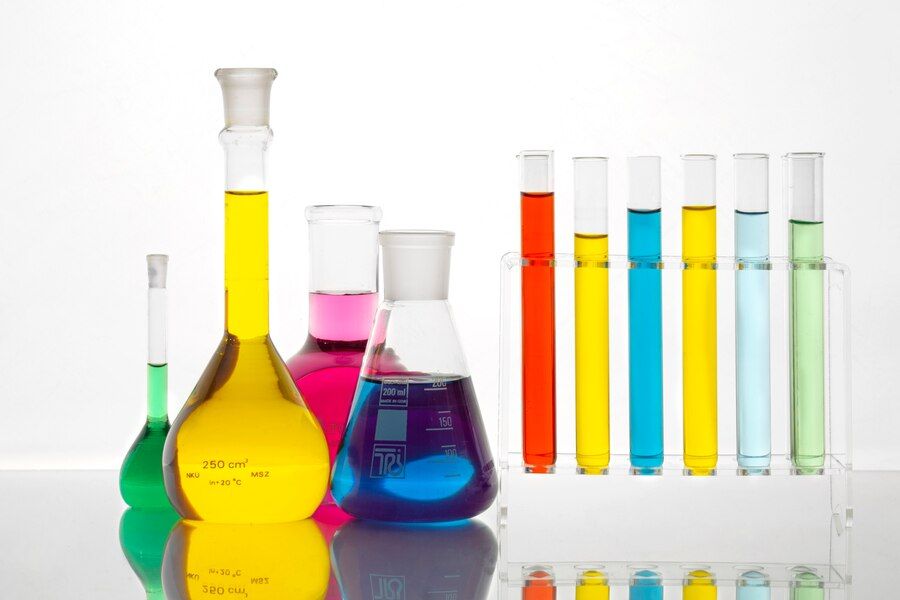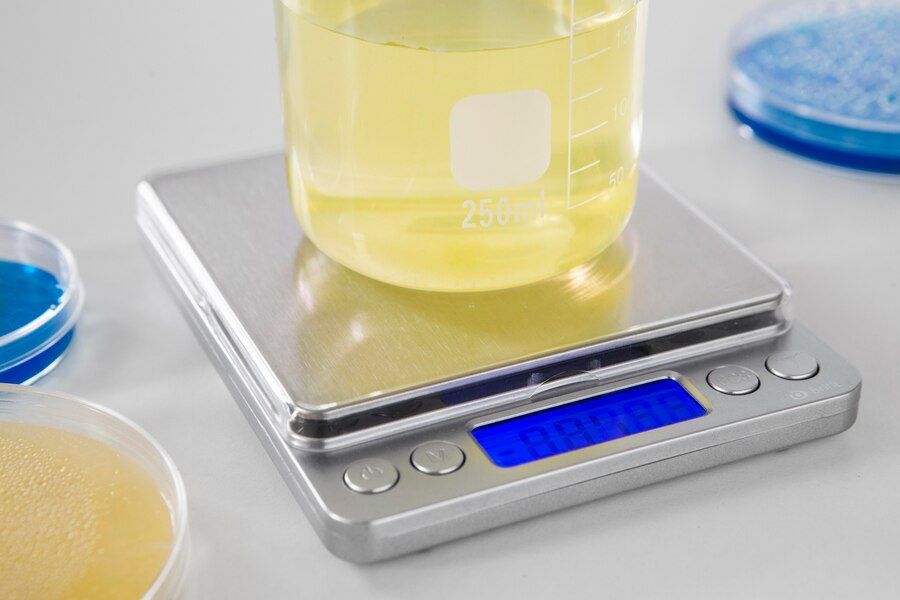contact@monad.com.cn
WhatsApp: +86-13967172554

Contact Us
Difference Between Liquid Chromatography and Gas Chromatography
Today, we delve into the intricate world of chromatography, exploring its two primary players: liquid chromatography and gas chromatography. This blog will introduce you to the differences between liquid chromatography and gas chromatography in detail. If you are interested in this, keep reading!
 What Are the Types of Chromatography?
What Are the Types of Chromatography?
Before we dive into the specifics, let's establish an understanding of the overarching term – chromatography. Simply put, it's a technique used to separate and analyze mixtures into their individual components. There are various types of chromatography, each serving a unique purpose in the scientific landscape. From paper and thin-layer chromatography to high-performance liquid chromatography (HPLC) and gas chromatography (GC), the methods differ in their principles and applications. For the purpose of this exploration, let's focus on liquid and gas chromatography.
What is Liquid Chromatography?
Liquid chromatography, often abbreviated as LC, involves the separation of components within a liquid mobile phase. As a sample passes through a column packed with a stationary phase, compounds interact differently and are consequently separated. The technique is widely used in pharmaceuticals, environmental analysis, and food testing.
How Does Liquid Chromatography Work?
In the world of liquid chromatography, the magic happens in the column. The stationary phase, usually a solid or gel, interacts with the sample molecules as they pass through. The more interactions a molecule has with the stationary phase, the longer it takes to move through the column, resulting in separation. High-pressure liquid chromatography is a powerful variant of liquid chromatography, boasting enhanced resolution and sensitivity due to the increased pressure applied to the mobile phase.
What is Gas Chromatography?
On the other side of the spectrum, gas chromatography involves the separation of compounds within a gaseous mobile phase. GC is particularly useful for volatile compounds and finds applications in environmental, forensic, and petrochemical analyses.
How Does Gas Chromatography Work?
Gas chromatography operates on the principle of differential partitioning. As the sample traverses through a long, coiled tube (the column) containing a stationary phase, compounds separate based on their volatility. The more volatile a compound, the faster it moves through the column, resulting in distinct peaks in the chromatogram.
 Difference Between Liquid Chromatography and Gas Chromatography
Difference Between Liquid Chromatography and Gas Chromatography
When delving into the world of chromatography, understanding the disparities between liquid chromatography (LC) and gas chromatography (GC) is crucial. These disparities can be categorized into three main aspects: methodology, equipment, and applications.
1. Differences in Methodology
- Mobile Phase Used:
HPLC relies on a solvent for the mobile phase, with the choice determined by the polarity, solubility, and complexity of the sample's compounds. In contrast, GC employs an inert gas as the carrier, chosen based on the detection method.
- Separation Techniques:
HPLC separates compounds based on their interaction with mobile and stationary phases, dictated by polarity. GC, however, relies on volatility; less volatile compounds move slower through the column, while more volatile ones move faster.
- Compound Type:
HPLC analyzes soluble compounds, volatile or non-volatile, including amino acids and drugs. GC, on the other hand, requires volatile samples, often used for air samples and unidentified organic compounds.
- Temperature:
Due to the volatile nature of samples, GC operates at higher temperatures (150°C – 300°C) compared to the room temperature (20°C – 25°C) of liquid chromatography.
- Speed of Elution:
GC elution occurs much faster than HPLC due to higher column temperatures and volatile samples. The speed varies depending on the sample and carrier gas flow rate.
2. Differences in Equipment
- Column Length:
HPLC columns are short and wide, while GC columns are long and thin, sometimes reaching lengths of 100m with a narrow internal diameter.
- Solvent Used:
HPLC requires a polar solvent, often water or methanol, whereas GC only needs a solvent capable of vaporizing to flow with the carrier gas.
- Detection:
HPLC detection methods, like UV/Vis or refractive index detectors, are non-destructive. In GC, detection methods, such as flame ionization or thermal conductivity, can be more destructive.
- Cost:
GC proves more cost-efficient as HPLC involves pricier solvents and requires additional equipment like a pressure pump.
3. Differences in Applications
- GC Applications:
Primarily utilized for measuring oils, organic compounds, air samples, toxins, and both pharmaceutical and recreational drugs.
- HPLC Applications:
Frequently employed for inorganic ions, food substances (sugars, proteins, vitamins), polymers, nucleotides, and tetracyclines.
Conclusion
In summary, the choice between liquid and gas chromatography hinges on the specific requirements of the analysis, with each technique offering distinct advantages tailored to a variety of applications. In this dynamic landscape, Monad, as a leading provider of high-quality lab equipment, plays a pivotal role in ensuring accuracy and reliability in chromatographic processes. Our commitment is to empower scientists with innovative tools, facilitating breakthrough discoveries across diverse industries. If you want to learn more about gas chromatography, come to Monad and consulate our experts!
